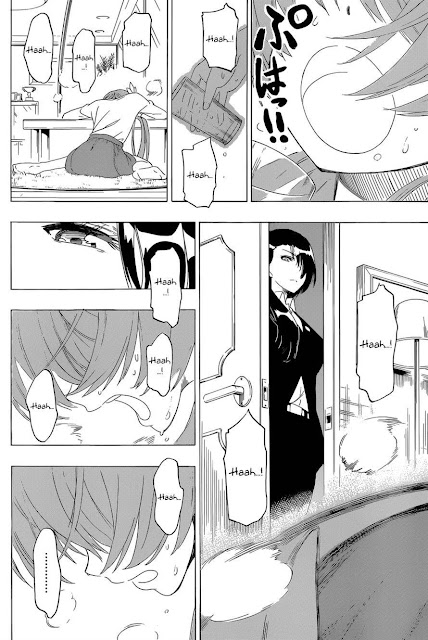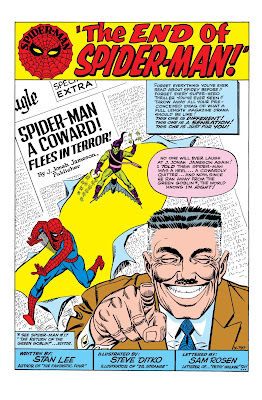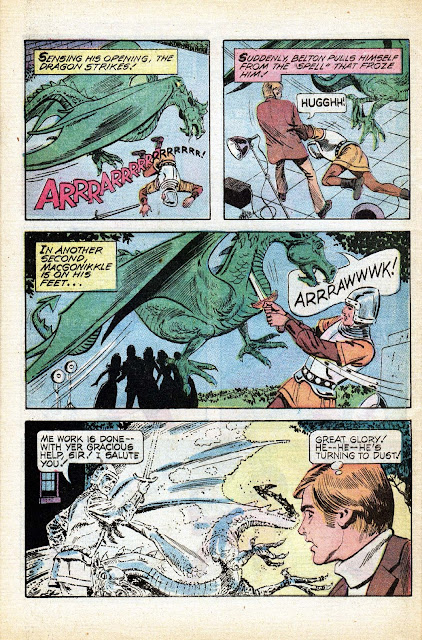Most of my considerations on
“persona-types” follow the broad patterns laid down in archaic
societies, where a character is “good” if his actions enhance
society and “bad” if they do not. Fiction, not being more than an
analogue to real life, had no problem in promulgating heroes who are
all good, and villains who are all bad.
At the same time, if one surveys the
various personae of art, one sees some interesting admixtures of good
and bad not only in the personas of “hero” and “villain,” but
also those complementary types I call “the monster” and “the
demihero.” In a purely statistical sense, most heroes and
demiheroes are aligned with “goodness,’ and most villains and
monsters are aligned with “badness.” In the following sections,
I’ll outline various exceptions to these rules. I have categories
for various types of exceptions, though these are only meant to be
broad trope-types rather than critical formulations as such.
BAD HEROES include…
OUT FOR BLOOD—these are the heroes
who serve the public good but are really in it more for personal
gratification of bloodlust than for moral reasons. Examples include
the Punisher and Marv of SIN CITY.
OBSESSED BY IDEALS—this type is the
opposite of the previous category, in that the hero does good despite
the fact that he’s overly rigorous in his pursuit of justice. These
include Itto Ogami of LONE WOLF AND CUB with his devotion to being a
pitiless assassin, Hugo Drummond of BLACK DOSSIER. A somewhat offbeat
idealist is the half-insane Badger, as seen in the story “SnakeBile Cognac.”
HEROISM CORRUPTED—the will to do good
has been soured by bad experiences, so that the hero no longer has a
strong moral compass, as seen in Rorschach and the Comedian in
WATCHMEN.
GOOD
VILLAINS include…
GENTEEL THIEVES—professional burglars
like Catwoman and Lupin III never really cause society any harm with
their ripoffs, and thus give readers all sorts of fun diversions from
the moral order.
THEY MIGHT GOT A POINT—these are
villains who embody ideals that society might use a little more of.
The prisoners of DEADMAN WONDERLAND are villains until they’re
given heroic inspiration by lead character Ganta, while in TALES OFHOFMANN Mister Nobody and his Brotherhood of Dada embody capricious
chaos as an anodyne to normalcy.
THEY DIDN’T MEAN TO DO GOOD—but
authors work in mysterious ways, as seen with the plutocrat General
Bullmoose in LI'L ABNER and with Judge Dredd’s reluctant ally Spikes HarveyRotten.
CONVERTS TO GOODNESS—Sometimes
villains turn to the non-dark side just because they’re attracted
to the good guys, though this may be more understandable with
Kree-Nal being swayed by the Jaguar, and less so with “the StarCreatures” getting starry-eyed over two Earth-schmucks. Sesshomaru
of INU-YASHA, however, loses his villainy due to adopting a cute
little girl. The Providers of THE GAMESTERS OF TRISKELION are
reluctant converts in that they become benevolent overlords due to
losing a bet.
GOOD
MONSTERS include…
VENGEANCE-SAVIORS—the monsters are
out to avenge themselves and end up helping good people, as happens
with Black Jubal in THE MAN WHO WOULD NOT DIE. Janus, the son ofMarvel’s Dracula, appears to get empowered by angelic forces to
slay his unregenerate father, though Janus never seems all that
“angelic.”
MONSTERS WANT LOVE TOO—sometimes
these are just domesticized monsters like Dick Briefer’s comedy
version of FRANKENSTEIN, or the grotesque romance seen in “LowerBerth.” Brother Power believes in peace and love like his hippie
brethren though he tends to hit as hard as his nastier opponents.
ACCIDENTAL TERRORS—ah, the Tribbles
are so cute, and the Shmoos so useful, until they get in the way of
normal operations.
IRREGULAR HEROES—Both of the
best-known swamp creatures, Man-Thing and Swamp Thing, possess a
“thing” for fighting evil, but not on a regular basis. Monsters
who commit to full-time heroism, like the Thing and Vlad from
HACK/SLASH, are just plain heroes.
BAD
DEMIHEROES include…
IDEALISTS UNLEASH EVIL—Victor
Frankenstein and Henry Jekyll are the best known examples, but types
like Gustav Weil and Joy Eden are cut from the same cloth.
RACING LIKE THE RATS—these are
conniving types who often seem to meld with the regular ranks of
society but are always on the lookout to swindle or steal. Some of
them have irregular moments of heroism, like Cerebus the Aardvark,
but they usually revert to type in the end. Simon Stagg of METAMORPHO
sometimes helps the Element Man, but is just as likely to undercut
the hero. Dynamo City presents a whole society devoted to ruthless
acquisition.
THE EVIL OF BANALITY—Wally Wood’s
New York in “My Word” might be better named “No Fun City.”
THE CABBIE has Christian visions but money’s his real god, though
unlike the rat-racers he’s not honest about it. In “A Taste ofArmageddon,” all the inhabitants of Eminiar-7 line up to surrender
their lives to automated extinction.
PUFFED UP WITH NO PLACE TO GO—the
category of the braggarts. A few, like J. Jonah Jameson, are dimly
aware of their own failings and so have their enormous egos
threatened by persons of superior attainments. Most are like Rudy Crane of EYE EYESIR and Doctor Pritchard of HANDS OF THE RIPPER, seeking to
demonstrate their braggadocio and ending up deflated.















































